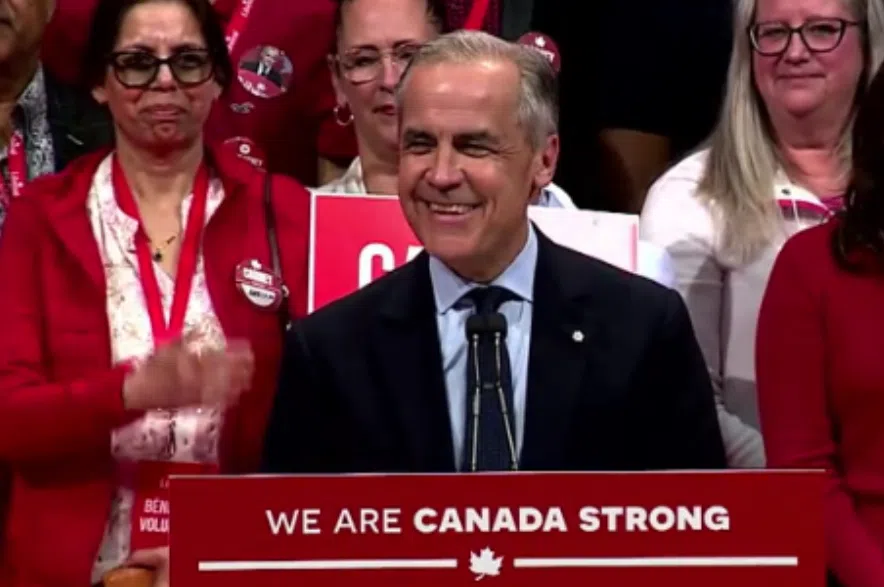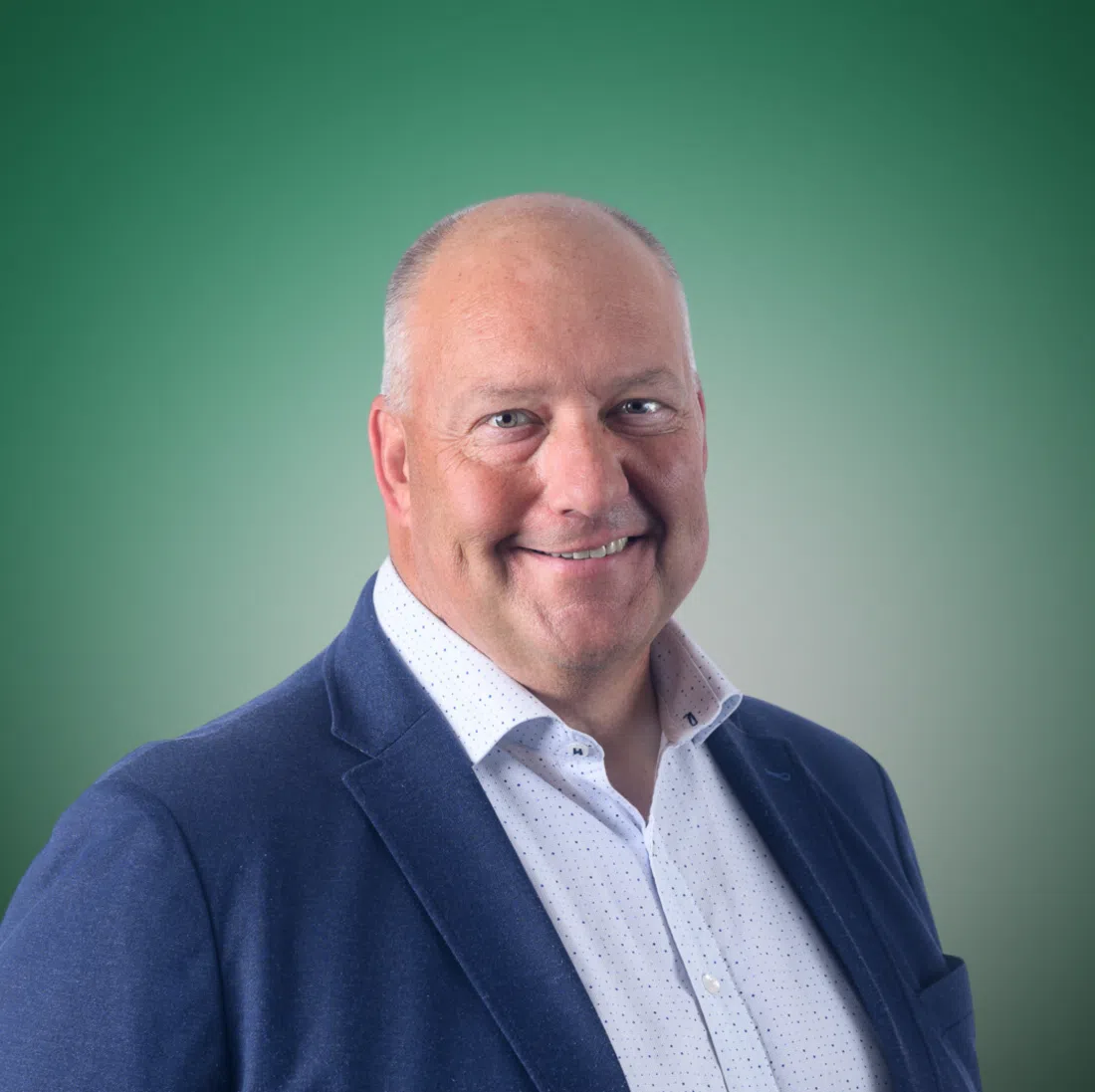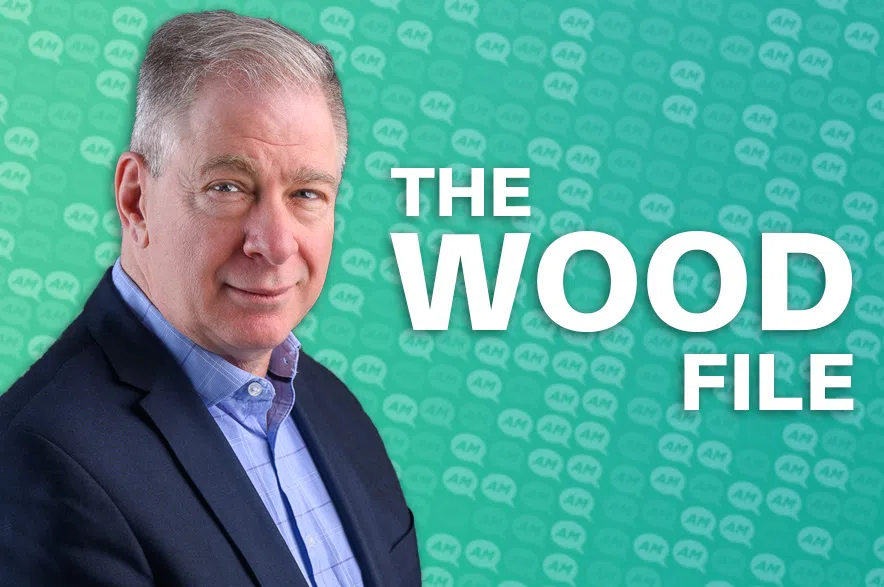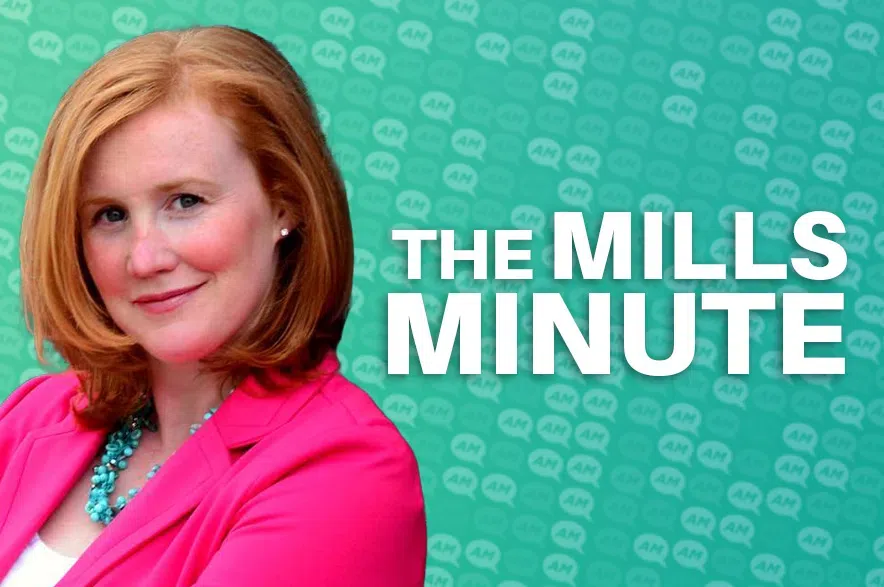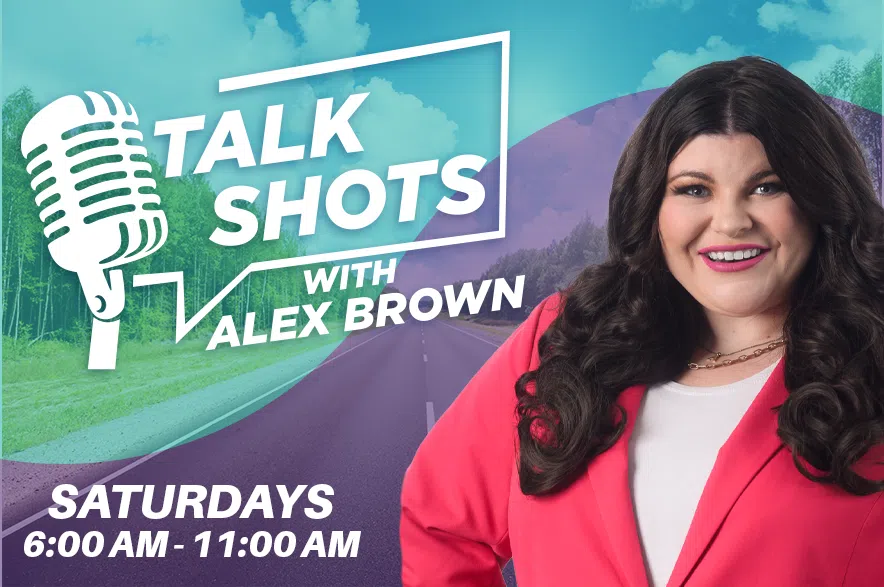As Canadians handed the Liberals a fourth mandate on Monday, Jagmeet Singh announced he’d be resigning as NDP leader and the Bloc Québécois appeared to be in a position to hold the balance of power.
Prime Minister Mark Carney will lead Canada through an economic crisis triggered by U.S. President Donald Trump and also take a seat in the House of Commons for the first time, having won the Ottawa riding of Nepean.
Read more:
- Live coverage of the 2025 federal election results
- Tariffs & Saskatchewan: What do Trump’s tariffs mean for you?
In the early hours of Tuesday morning, ballots were still being counted and dozens of seats were still too close to call. It’s not yet known whether the Liberals will lead a majority or minority government.
Carney promised to “think big” and lead a government that represents all Canadians in his victory speech and said Canada’s strength relies on working together as a country.
LIVE: Thank you, Canada • EN DIRECT : Merci Canada https://t.co/E4uJHXmF1c
— Mark Carney (@MarkJCarney) April 29, 2025
Conservative Leader Pierre Poilievre conceded to the Liberals around 11 p.m., but noted the results are extremely close and said change can sometimes take time.
Poilievre said he will continue to hold the Liberal government to account but will also stand united against the tariffs from Trump.
Poilievre hushed some booing from the crowd when he congratulated Carney on his win.
“No, no, we’ll have plenty of opportunity to debate and disagree. But tonight we come together as Canadians,” he said.
LIVE: Pierre Poilievre Speaks on Election Night https://t.co/REt1ZEkgP9
— Pierre Poilievre (@PierrePoilievre) April 29, 2025
Poilievre said his purpose in politics “will continue to be” working for Canadians to have a safe and affordable country, and said he ran in “a very difficult environment” but said the public will still desire change in the next election.
“We have to learn the lessons of tonight, so that we can have an even better result the next time,” he said.
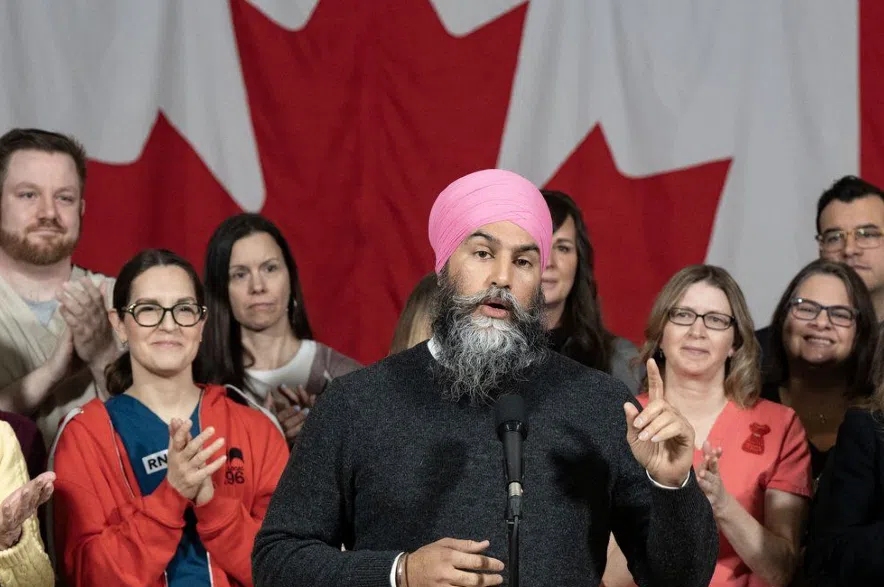
NDP Leader Jagmeet Singh makes a health care announcement during a federal election campaign stop in Edmonton on Tuesday, April 1, 2025. (THE CANADIAN PRESS/Christinne Muschi)
With the NDP at risk of losing official party status — and after losing his own riding — Singh said he’d be stepping down as leader once the party selects an interim replacement.
“We may lose sometimes and those losses hurt,” Singh said, fighting emotion as he stood beside his wife on a stage in Burnaby, B.C.
“We’re only defeated when we believe … those that tell us that we can never dream of a better Canada, a fairer Canada, a more compassionate Canada.”
The Liberals have seen a massive rebound since the start of the year, after more than a year of the Conservatives being favoured to win a majority government while Justin Trudeau was in power.
Read more:
- Live coverage of the 2025 federal election results
- Tariffs & Saskatchewan: What do Trump’s tariffs mean for you?
Eventful but compressed campaign period
Carney, Poilievre and Singh spent five weeks pitching their cases to voters.
Each of the main party leaders settled into their home ridings Monday after an eventful but compressed election period that lasted the minimum 37 days.
Poilievre arrived at a polling station in his Carleton riding on Monday morning and echoed his campaign slogan by encouraging Canadians to “get out to vote — for a change” as he dropped his ballot in the box.
He wrapped up his campaign with a rally Sunday night in his home riding — one of the ridings that’s expected to see a close contest between the Liberals and Conservatives as votes are counted tonight.
Carney voted Monday afternoon alongside his wife Diana Fox Carney at a polling station set up in an Anglican church in Ottawa.
The Liberal leader asked a poll worker about the level of turnout so far and then confessed that he was “pretty tired” after flying in from British Columbia overnight.
Singh, who cast his ballot amid the record-setting advance voting turnout earlier in the month, was still campaigning Monday in Port Moody, B.C.
He joined supporters waving signs on the side of the road and offered inspiration to the NDP volunteers headed out to knock on doors and get out the vote, saying they should tell Canadians to elect New Democrats so they can stand up to whichever party ends up forming government.
“Remind people, it’s all because of you,” he said. “Because you vote NDP, we’re able to fight for you.”
Carney, a former central banker and a political neophyte, presented himself during the campaign as a safe pair of hands for a country threatened by U.S. President Donald Trump, while Poilievre focused on addressing crime and the high cost of living.
While Singh started the campaign saying he was running for prime minister, he changed his message after two weeks and started calling on Canadians to elect New Democrats to protect social programs.
Trump overshadows election day
Trump loomed large over the campaign with his tariff threats and calls for Canada to become a U.S. state, causing Carney to leave the campaign trail at various times to hold meetings in his capacity as prime minister.
The American president even weighed in early on election day with a post on his Truth Social platform, where he repeated calls for Canada to join the U.S. and wished “good luck to the Great people of Canada.”
“Elect the man who has the strength and wisdom to cut your taxes in half, increase your military power, for free, to the highest level in the World, have your Car, Steel, Aluminum, Lumber, Energy, and all other businesses, QUADRUPLE in size, WITH ZERO TARIFFS OR TAXES, if Canada becomes the cherished 51st. State of the United States of America,” he wrote.
On the final full day of the campaign, all major party leaders paused to address a deadly vehicle attack at a Filipino community event in Vancouver that took the lives of at least 11 attendees, leaving more injured in hospital.
The Liberals have seen a massive rebound since the start of the year, with most polls suggesting they lead the Conservatives — who were long favoured to win a majority government while Justin Trudeau was in power.
Polls suggest the NDP could lose many of its seats as left-centre voters turn to the Liberals in an effort to prevent Poilievre from forming government.
When Parliament was dissolved, the Liberals held 153 seats in a minority government and the Conservatives formed the official Opposition with 120 seats. The Bloc Québécois held 33 seats, the NDP 24 and the Greens two. There were three independent MPs.
Because of changes to riding boundaries, the 2025 general election will see 343 seats contested, up from 338.
To reach majority status in the next Parliament, a party would need to secure a minimum of 172 seats.
— By Dylan Robertson and Craig Lord in Ottawa, with files from Sidhartha Banerjee in Montreal and Rianna Lim in Toronto
Read more:
